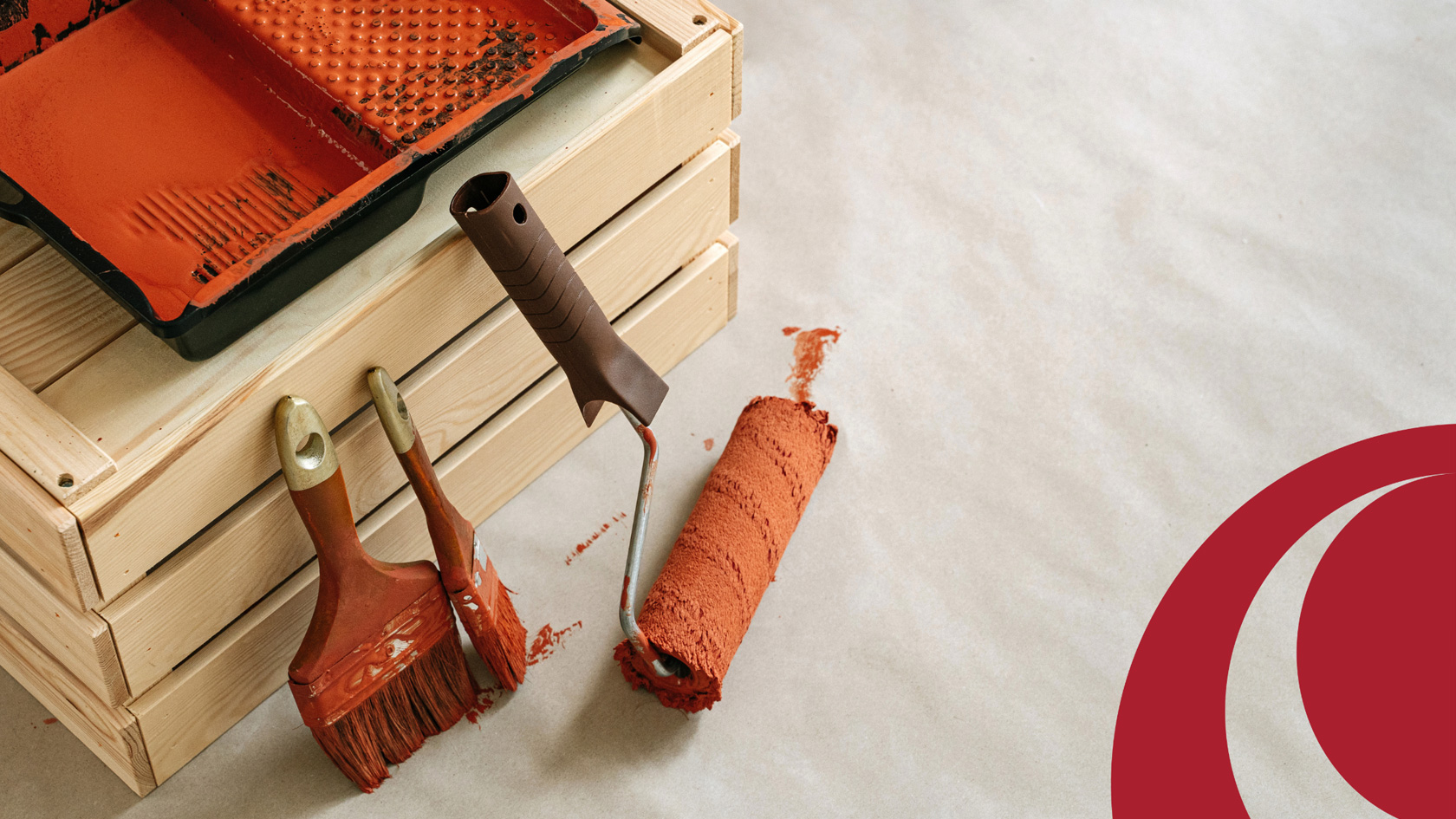
How to choose the right paint brush or roller for your project
Choosing the right paint brush or roller is essential for achieving a professional-looking finish on your painting project. Here are some practical tips to help you make the best choice and maintain your tools for long-lasting use.
Surface type and texture
Smooth surfaces: use a roller with a short nap for a sleek, smooth finish.
Rough surfaces: opt for a roller with a longer nap to effectively cover textured surfaces.
Detail work: choose angled or sash brushes for cutting in and detail work around edges and corners.
Paint type
Water-based paints: use synthetic brushes (nylon or polyester) and rollers, as they hold their shape and stiffness.
Oil-based paints: natural bristle brushes (such as hog hair) are ideal for oil-based paints and varnishes.
Enamels and thinners-based coatings: use fibre brushes with unpainted handles to prevent the handle paint colour from dissolving.
Quality matters:
Invest in high-quality brushes and rollers to achieve the best-looking paint finish.
Quality tools provide smoother application and better coverage.
Practical tips for DIY painters
1. Always wash rollers and brushes before use to prevent paint from drying on them and to make cleaning easier.
2. Hang rollers and brushes instead of laying them flat to avoid flat spots.
3. After using enamels, clean brushes thoroughly and smear with raw linseed oil to preserve bristles.
4. Don’t use paint brushes for dusting. Ensure surfaces are sound, clean, and dry before painting.
5. Use high-quality brushes and rollers for the best finish.
6. Use fibre brushes with unpainted handles to prevent handle paint colour from dissolving.
7. Use lacquer thinners to clean brushes that have hardened, even with water-based paint.
8. Properly care for brushes and rollers to extend their lifespan and avoid
unnecessary expenses.
9. Always read roller packaging to ensure you choose the right roller for smooth or rough surfaces.
10. Avoid overloading brushes and rollers with paint to ensure a smooth, even application and reduce drips and splatters.
Take care of your brushes and rollers to extend their lifespan. Proper maintenance prevents unnecessary spending on new tools.
By following these practical tips, you’ll ensure your painting project looks professional and your tools remain in great condition for future use.
Happy painting!
